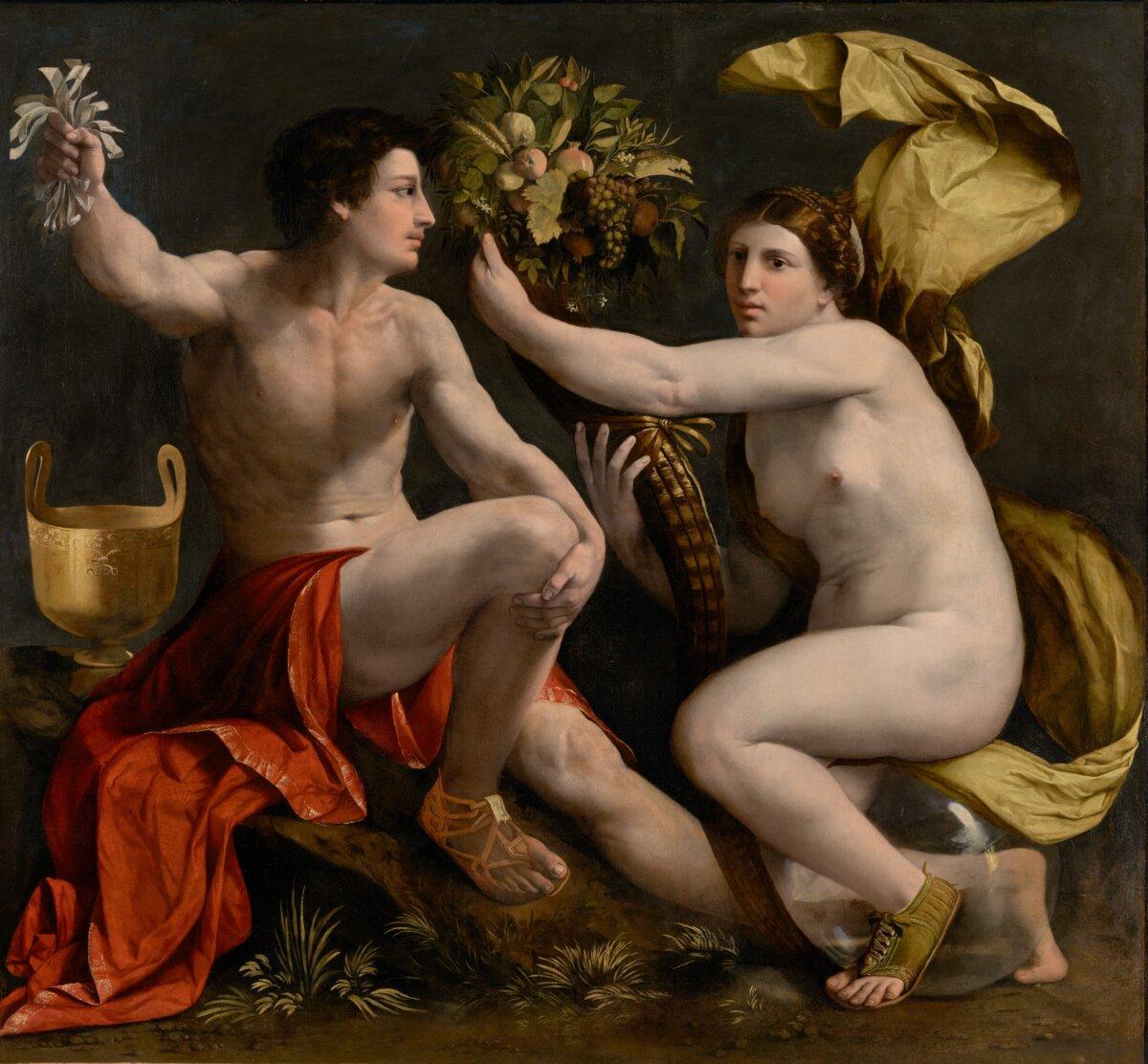Despite our best intentions, we may fall short of our expectations. We save money only to have a financial emergency overwhelm us, or we are diagnosed with a serious illness despite eating a healthful diet and exercising. In so many ways, we have little control over our fortunes.

“Allegory of Fortune,” circa 1530, by Dosso Dossi. Oil on Canvas, 71 3/8 x 76 3/4 inches. Getty Center, Los Angeles. Public Domain





